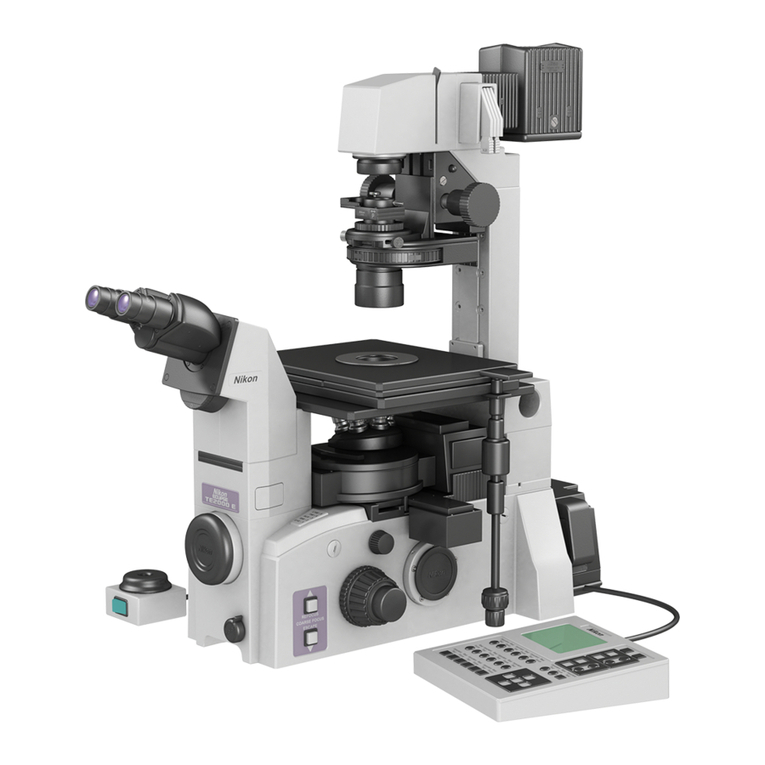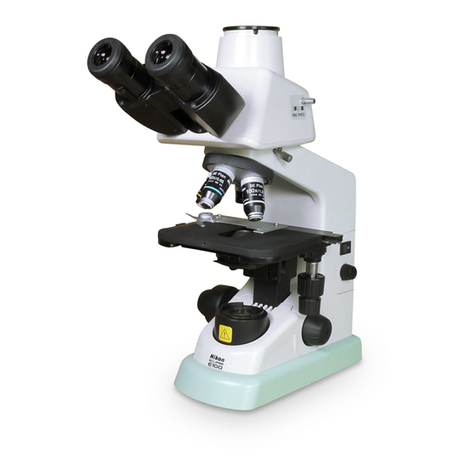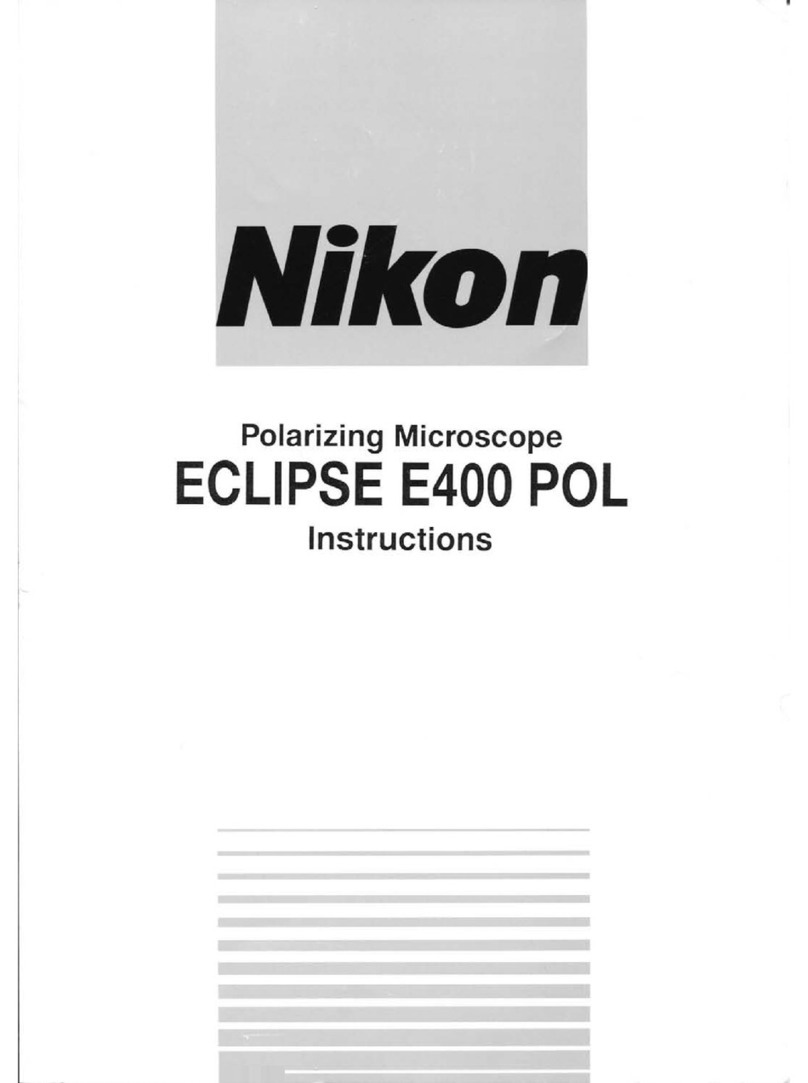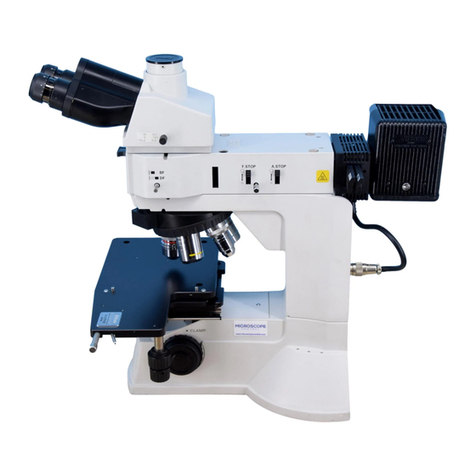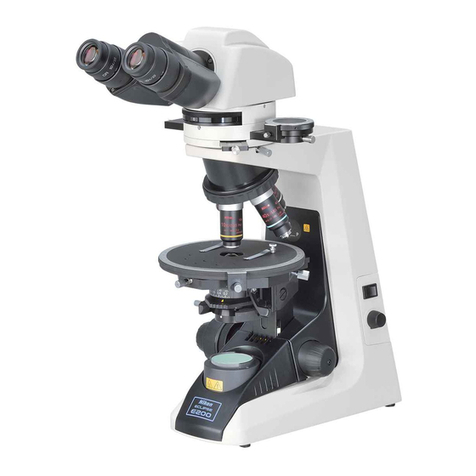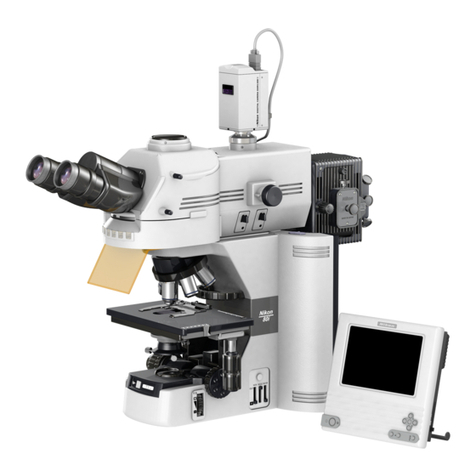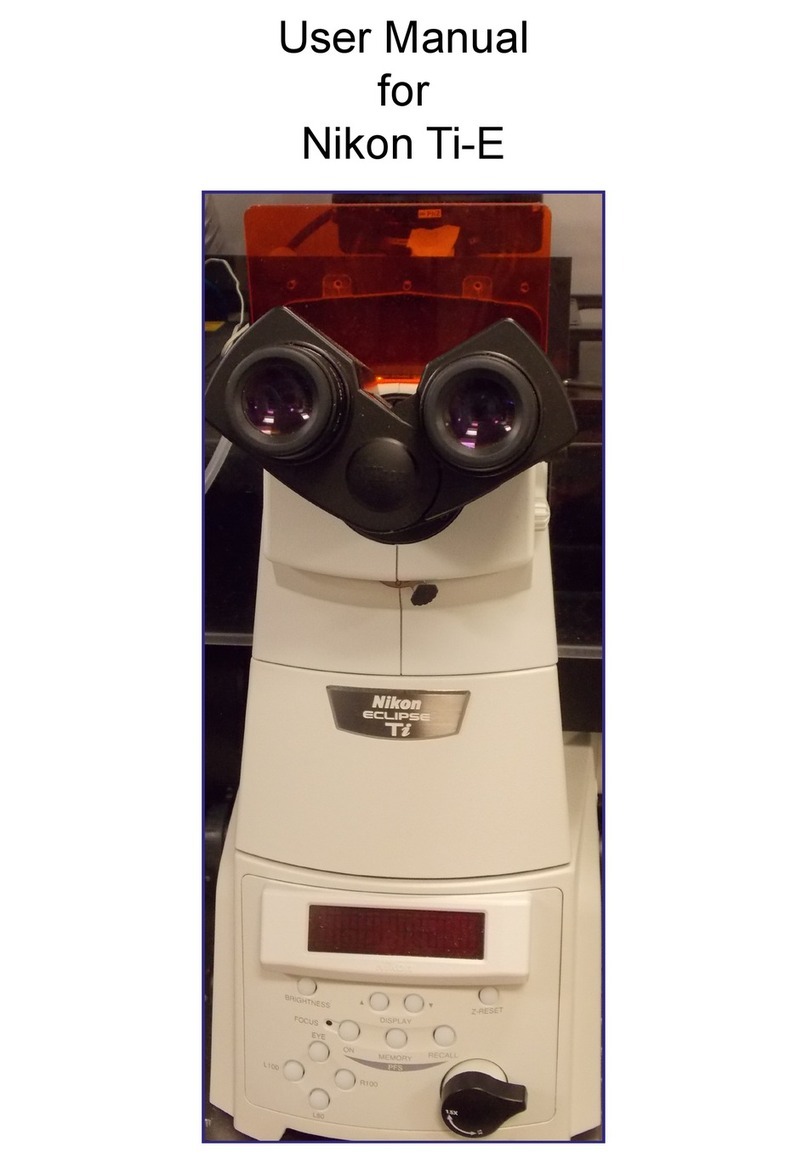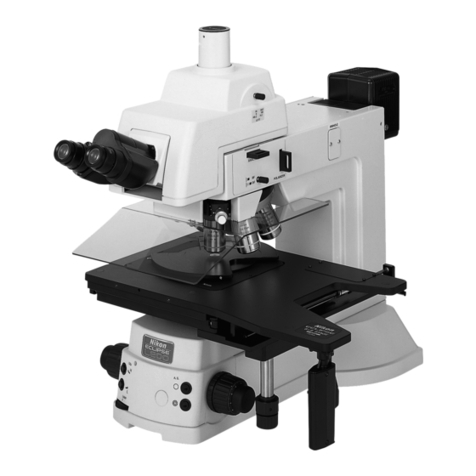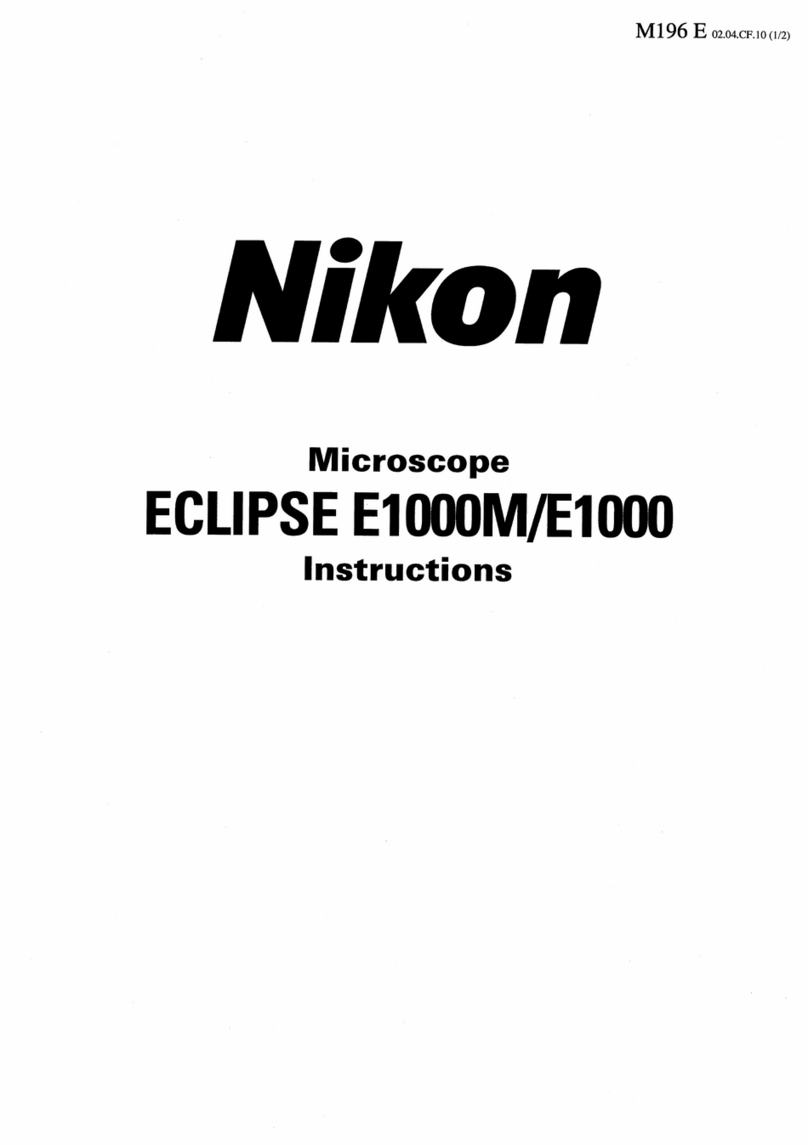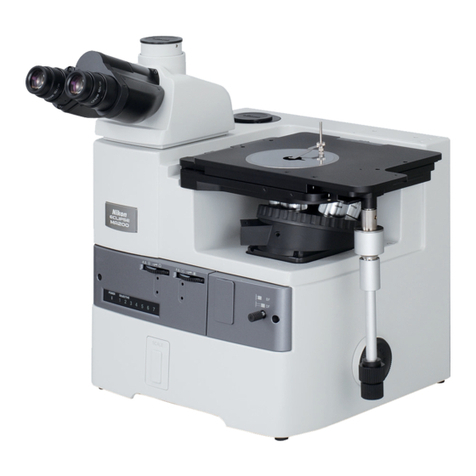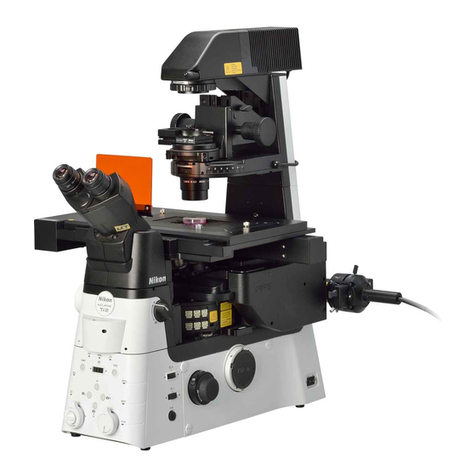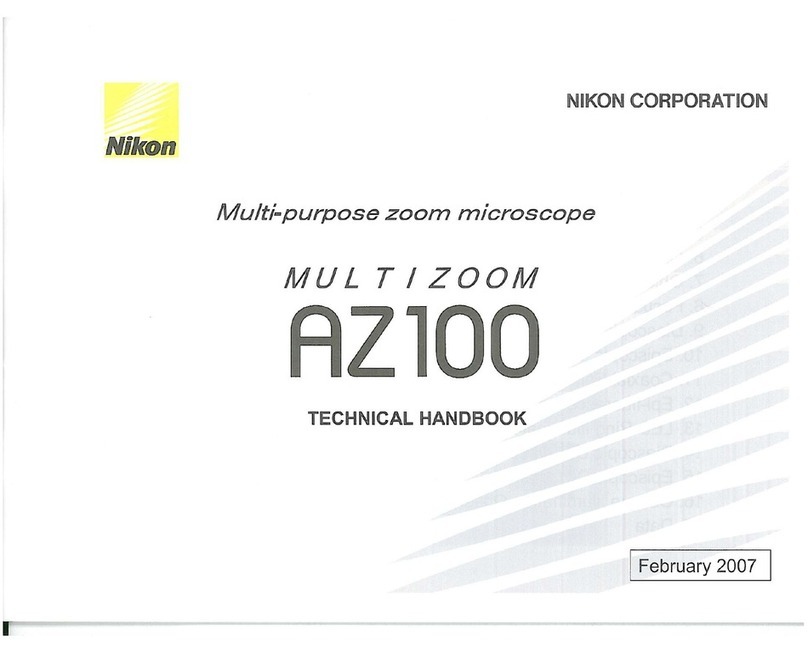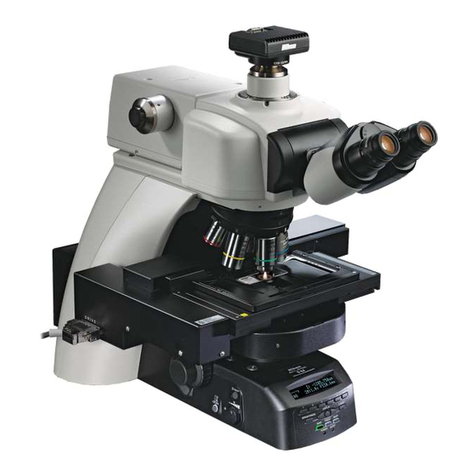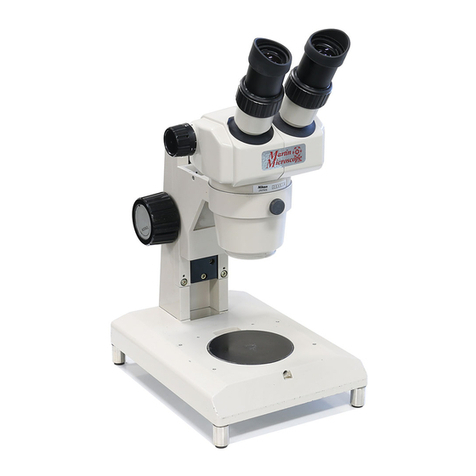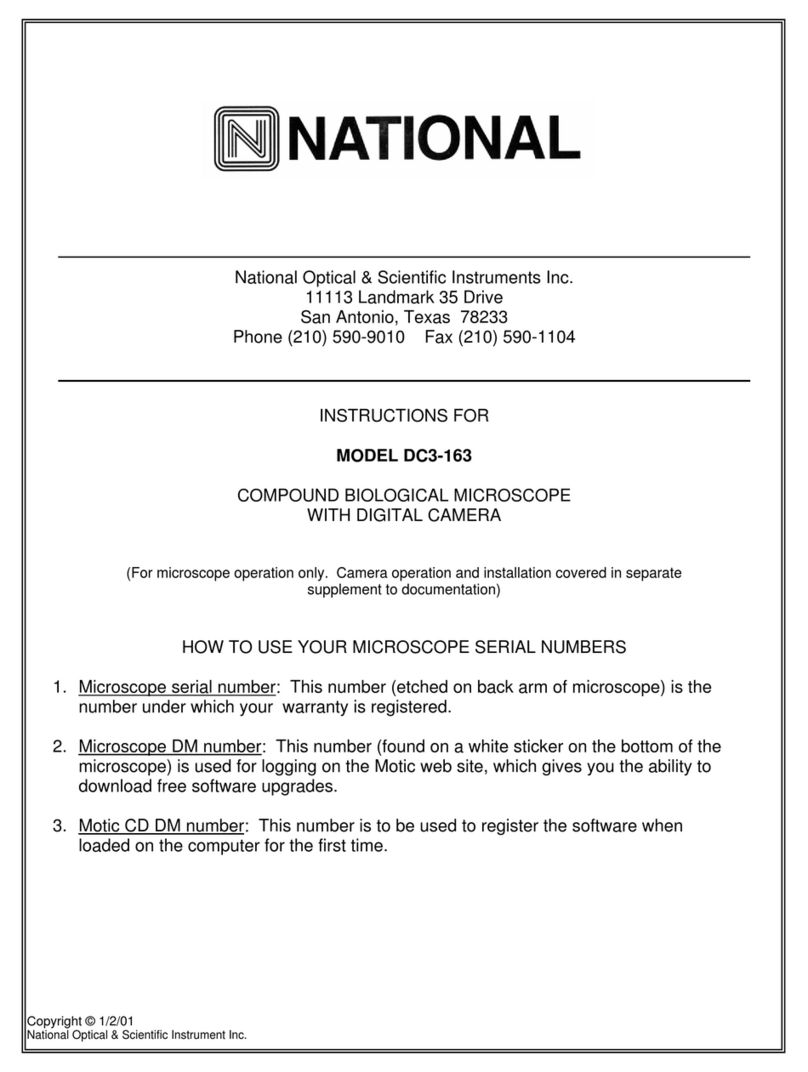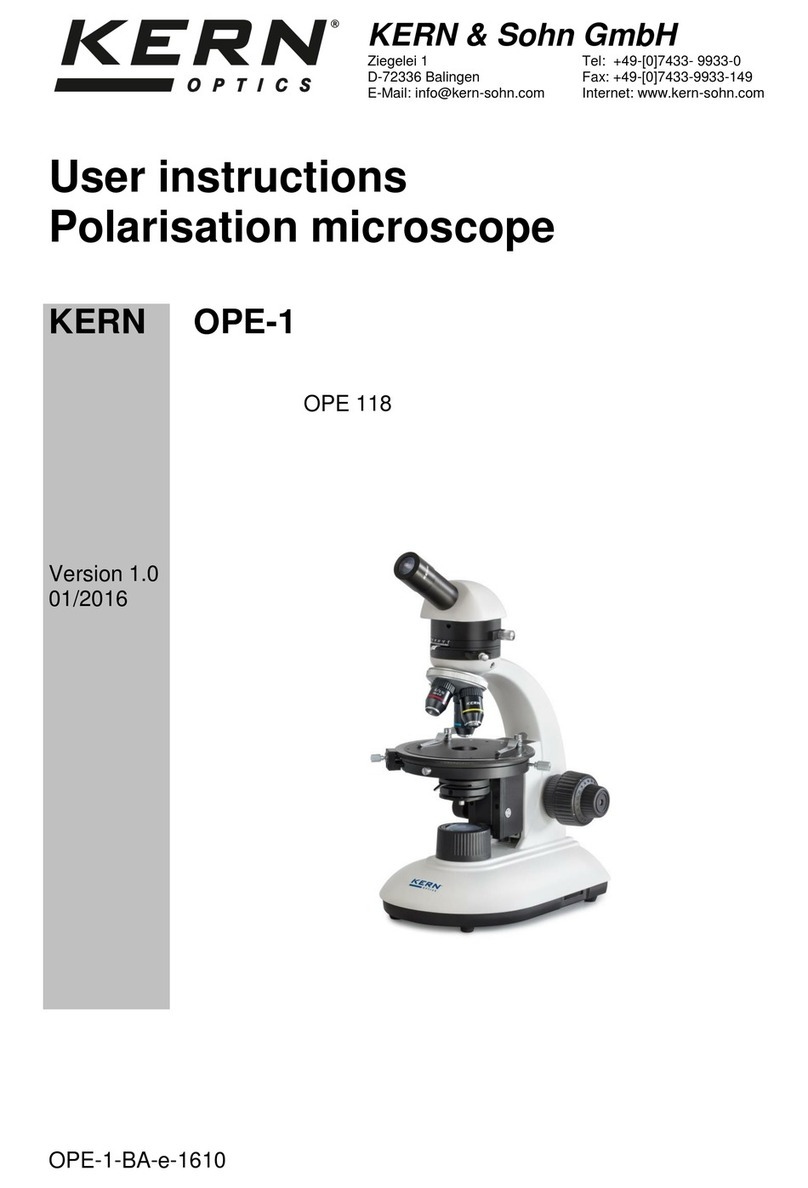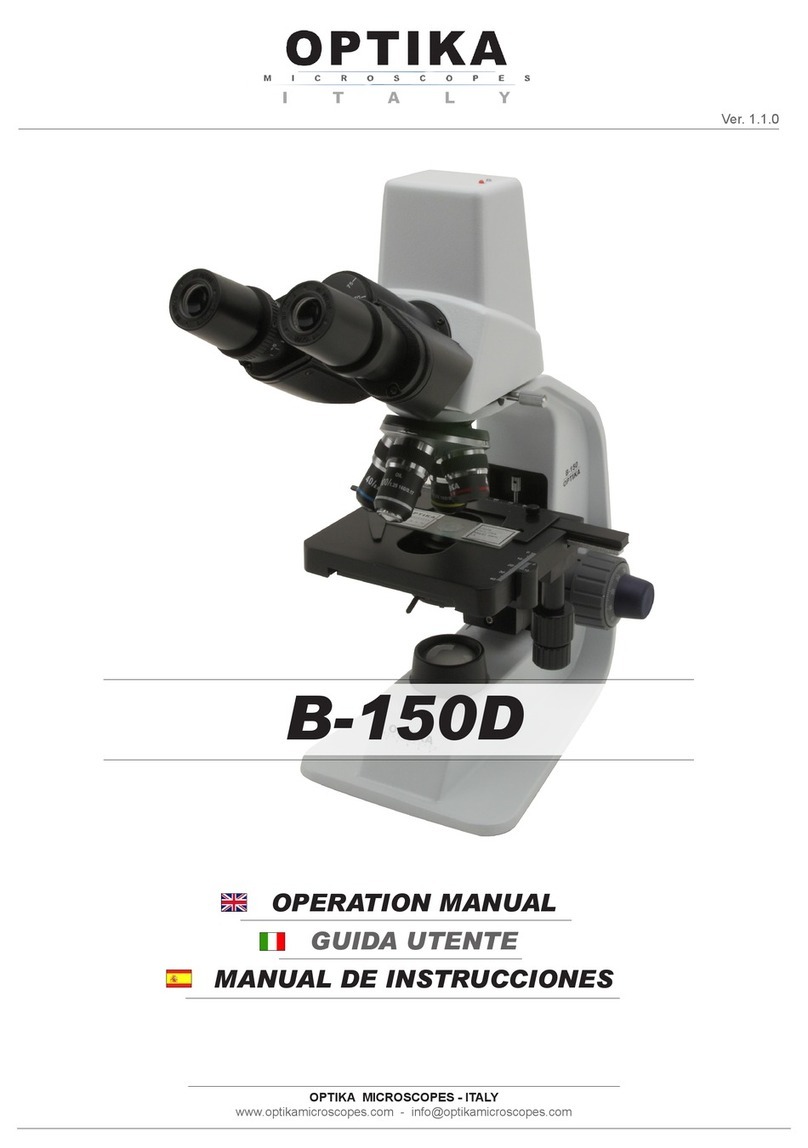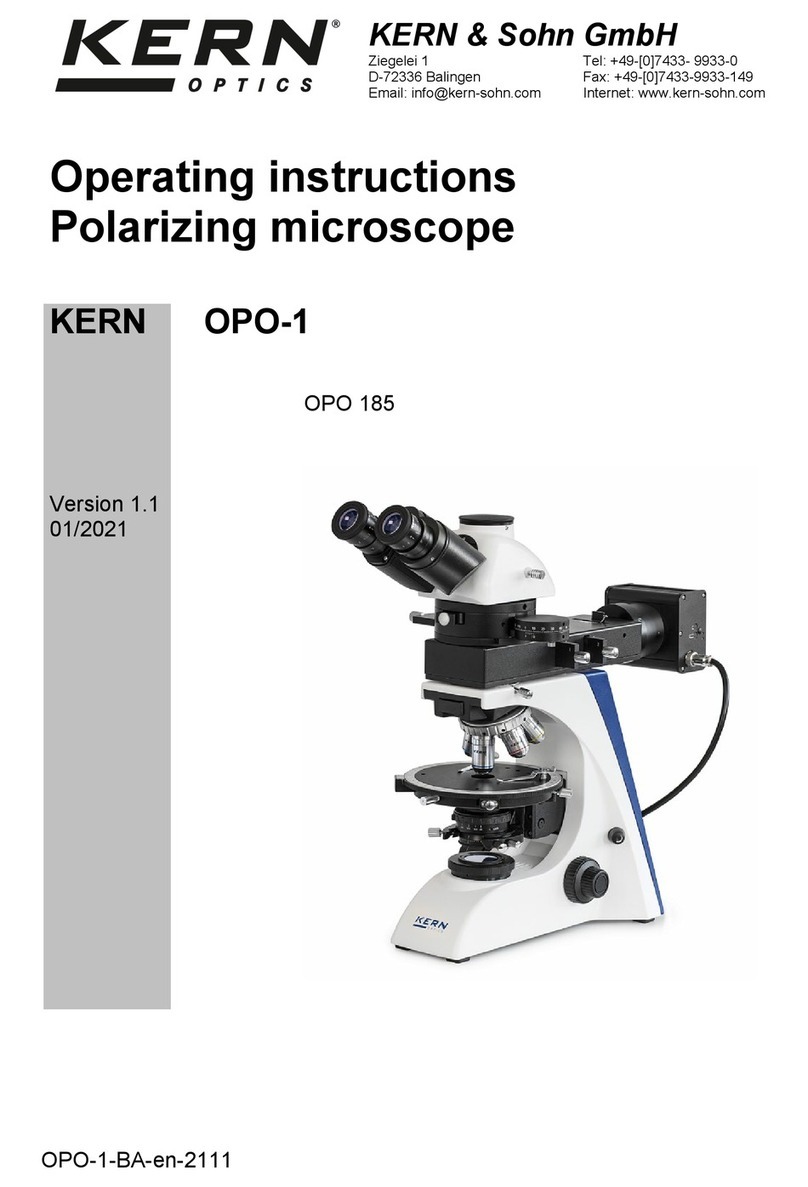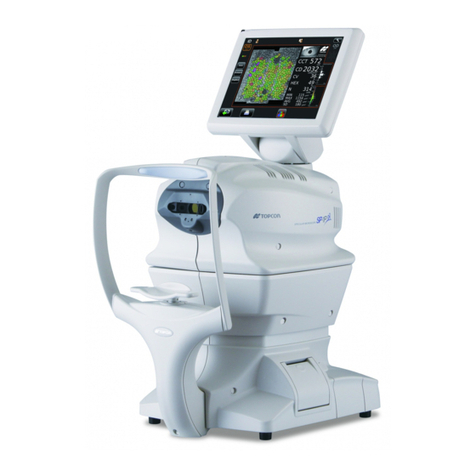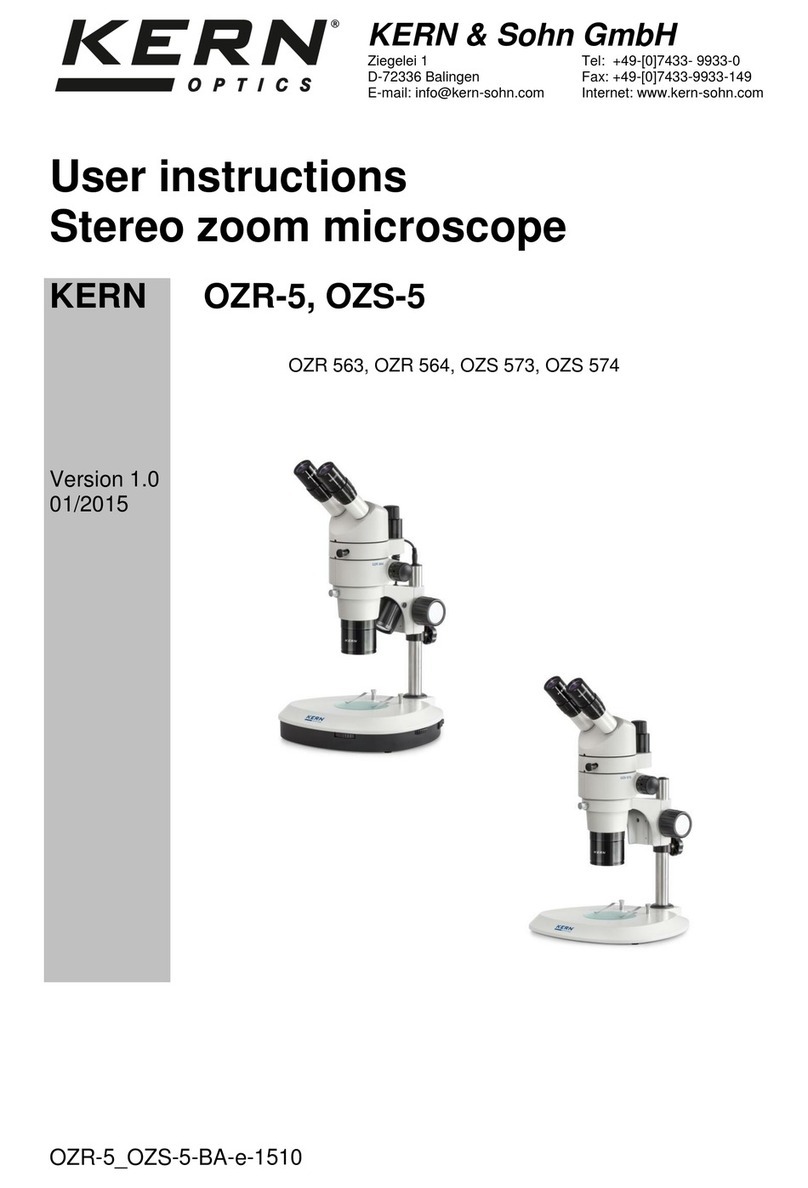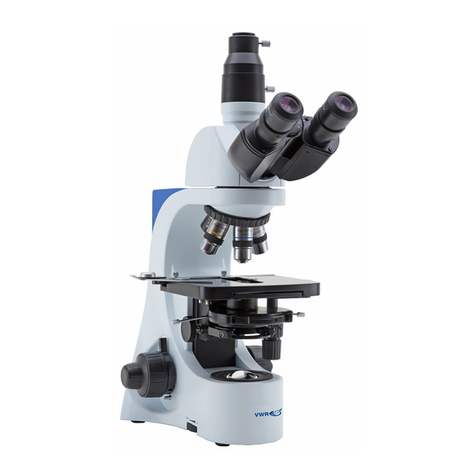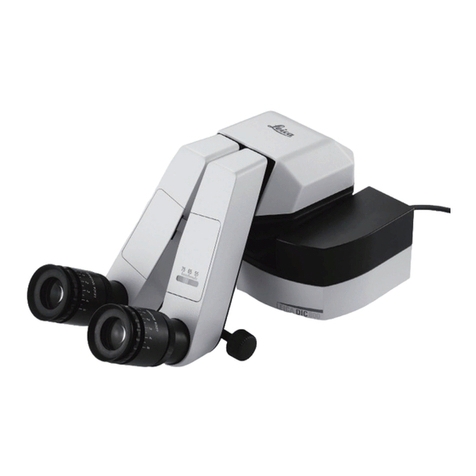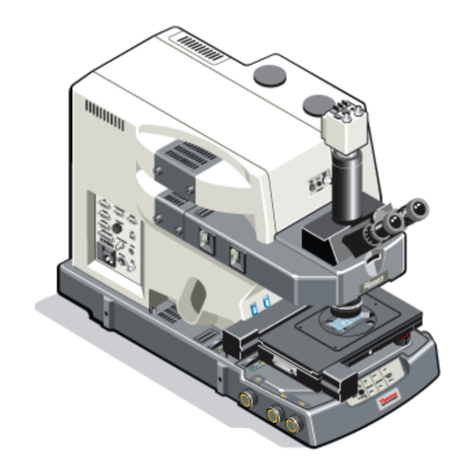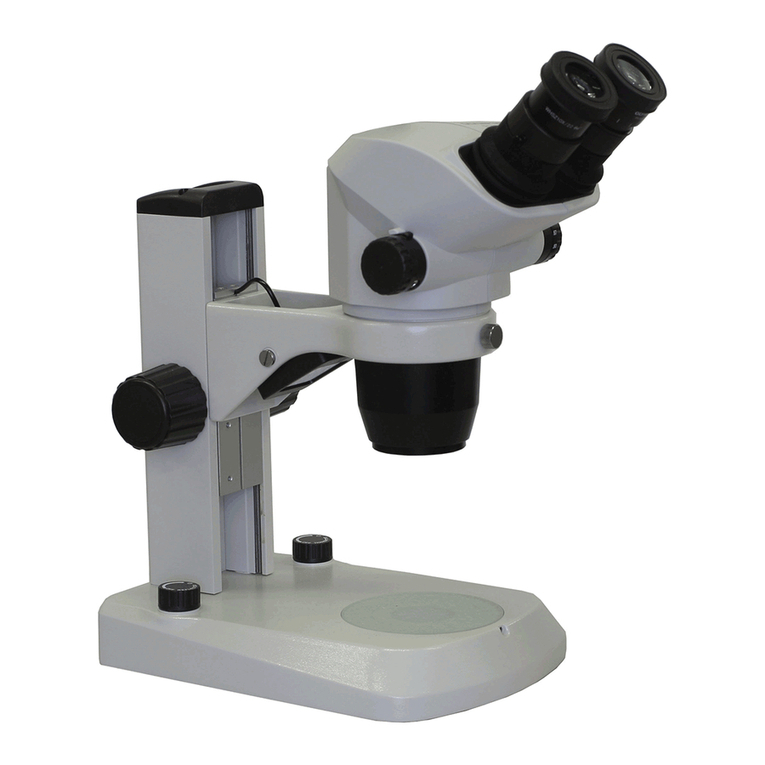
6
Contents
Warning/Caution Symbols Used in This Manual ...........................1
Be sure to always follow these guidelines. ....................................2
WARNING ..........................................................................................2
CAUTION ...........................................................................................3
INomenclature ...................................................................................8
II Assembly .........................................................................................10
III Usage................................................................................................ 12
1Preparations for observation .......................................................12
1. Adjust the torque of the focus knob. ...................................... 12
2. Adjust the interpupillary distance. .........................................12
3. Adjust the diopter. .................................................................12
2Focusing ......................................................................................13
1. Check the working distance...................................................13
2. Focus on the sample. .............................................................13
3Zoom ...........................................................................................14
1. Change the zooming magnification. ......................................14
4Diaphragm ...................................................................................14
5If you cannot focus on the sample though the zooming
body is at the highest position. .................................................... 15
IV Using Accessories ........................................................................16
1Reticles ........................................................................................16
2Eyepiece Tube ............................................................................. 16
1. P-BTL low eye-level eyepiece tube .......................................16
2. P-BERG tilted eyepiece tube .................................................17
3P-IER Eyelevel Rizer ..................................................................17
4P-OTR double nosepiece for SMZ1500 ......................................18
5SM-S4L 4 X 4 Stage L ................................................................22
VIlluminator .......................................................................................23
1Halogen Illuminators ................................................................... 23
1. Lamp ......................................................................................24
2. Attaching to the stand ............................................................25
3. Power supplies ....................................................................... 26
4. Lighting area adjustment [G-LS]...........................................28
5. Attaching filters [C-DSLS] .................................................... 28
